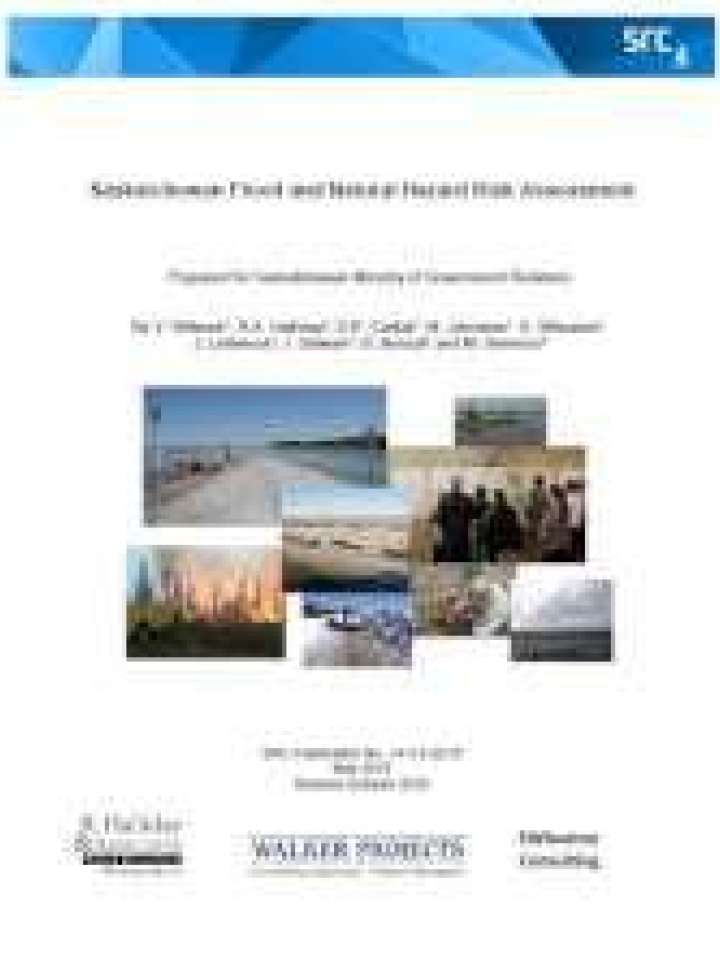Saskatchewan flood and natural hazard risk assessment
The Saskatchewan flood and natural hazard risk assessment is a standardized risk assessment that was utilized with a range of natural hazards. The assessment was undertaken to help inform and prioritize longer and shorter-term risk reduction strategies.
Selected natural hazards that pose a threat to Saskatchewan industry, the general public and governments at all levels were included in the analysis. The natural hazards selected for analysis were flooding (mountain runoff, plains runoff, lake, overland and groundwater), drought (agricultural, hydrologic, meteorological and socio-economic), forest fires (human caused close to communities), grass fires (greater than 1,000 hectares), summer convective storms (tornadoes, high winds, heavy rain, hail), winter storms (freezing rain, high winds, snow, blizzard conditions) and earthquakes.
The risks of each of the selected natural hazards were assessed individually using two types of approaches. The first utilized a plausible worst-case scenario that incorporated historic events, that typically resulted in having occurred at some point in the last 100 years, but was adapted to presentday situations. The second scenario added a layer of climate change to the plausible worst-case scenario focused on the modeled climate of the 2050s.
As the Province of Saskatchewan moves to a more proactive risk management strategy for dealing with natural hazards, an important step is to determine the province’s vulnerability to various natural hazards. By learning from the past and considering future vulnerability to climate change, the province can determine feasible mitigative responses and initiatives to reduce future risk.
Explore further
